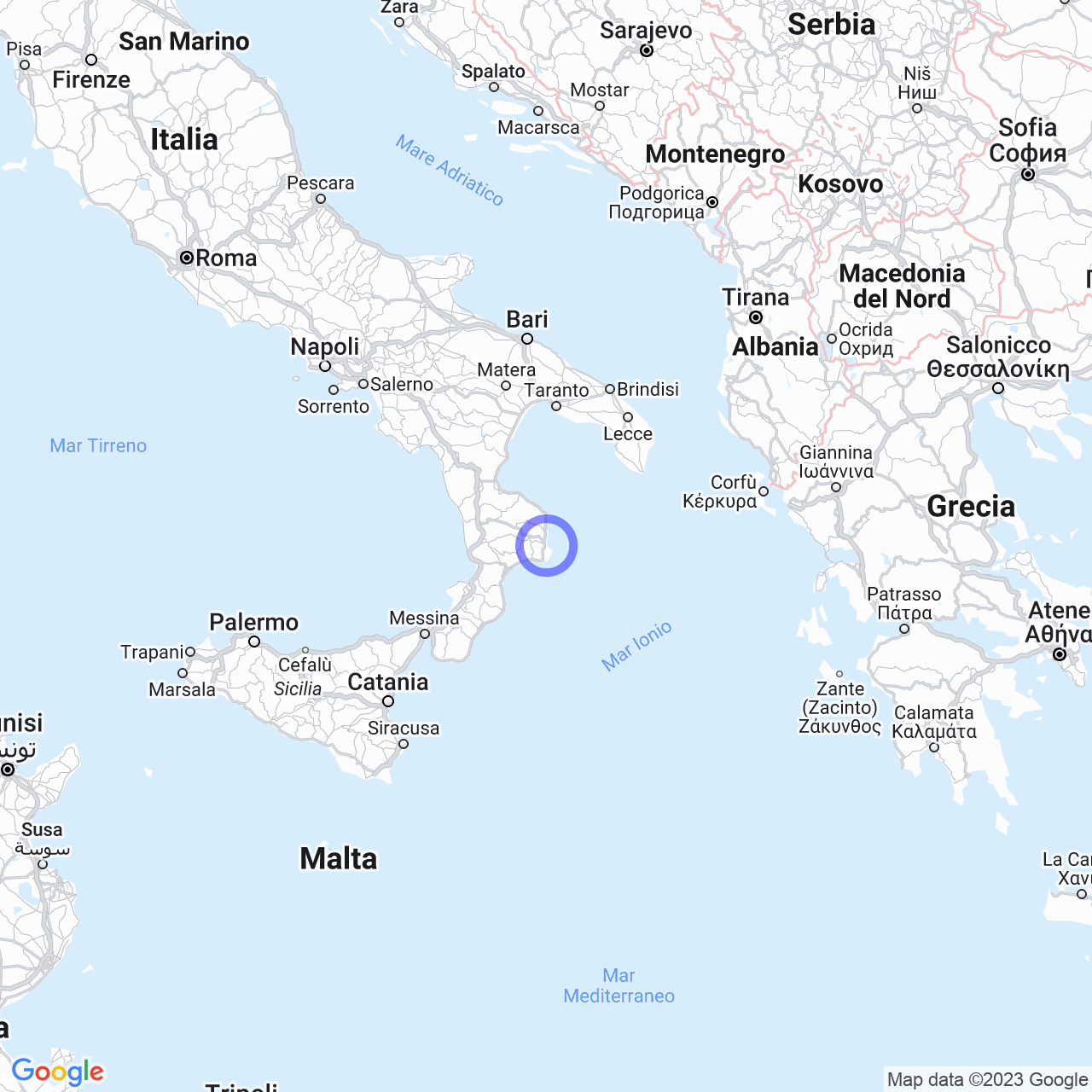Crotone
Crotone: a city rich in history and natural beauty
Crotone is a city located on the eastern coast of Calabria in Italy, with a population of approximately 58,531 inhabitants and is the capital of the Province of Crotone. Also known as Cotrone or Cutroni in Calabrian dialect, Crotone is an ancient city rich in history and natural beauty. In this article, we will explore the physical geography of the city, its particular climate, the origins of its name, and much more.
Physical geography

Territory
The municipality of Crotone overlooks the Ionian Sea at the mouth of the Esaro River. It extends over an area of approximately 181 square kilometers, and the city is located 8 meters above sea level. The southern territory of the city is completely immersed in the Capo Rizzuto Marine Protected Area and boasts a panoramic view of the promontory of Capo Colonna with the only column of the Temple of Hera Lacinia that stands guard over the city.
Climate
The climate in Crotone is generally temperate. Winters are mild, although occasional snowfalls and brief temperature drops occur in the case of the influx of polar air. Summers are hot but ventilated by the sea breeze. Only in the presence of heat waves with southerly or southwesterly winds can maximum temperatures reach 40°C, but with low relative humidity rates. Strong winds are common in the Crotonese climate, with occasional tornadoes of high energy intensity.
Precipitation is mainly concentrated in autumn, with a secondary peak in winter. During spring and summer, there is a strong drought with some rare afternoon thunderstorms.
Origins of the name
Crotone was founded by Greek colonists from the historical region of Achaia, in the second half of the 8th century BC. According to legend, the name of the city derives from the mythological hero Crotone, son of Aeacus, accidentally killed by his friend Hercules. Hercules remembers his deceased friend by founding the city on the banks of the Esaro River and giving the city its name in his honor.
According to the Oracle of Delphi, he ordered Myskellos of Rhype to found a new city between Capo Colonna and Punta Alice. Despite Myskellos exploring the area and finding a better place to found the city, he chose to stop at Sybaris, already flourishing and welcoming.
The historic center of Crotone
The old city of Crotone is a maze of narrow alleys and small squares that extend up to the Crotone Cathedral and the central Piazza Pitagora. The cathedral dates back to the 13th century, in a Romanesque-Gothic style, and represents one of the city's architectural treasures. The square is a meeting point between the historic center and the new city, dominated by the statue of Pythagoras.
Crotone also hosts the National Archaeological Museum of Crotone, where interesting artifacts dating back to antiquity and the Roman era are preserved, such as coins, vases, weapons, and jewelry.
The natural beauty of Crotone
Crotone is surrounded by crystal-clear sea and mountains that offer a breathtaking panoramic view of the city. The coast of Crotone is dotted with sandy beaches and cliffs, such as the beach of San Pietro in Bevagna, an ideal place for relaxation and bathing. Much loved by scuba diving enthusiasts, the city offers a wide range of water sports activities, such as windsurfing, kitesurfing, and kayaking.
The Sila National Park and the Regional Natural Park of Serre, with their magnificent mountain views, offer a wide range of trails for hiking and trekking.
Conclusions
Crotone is a city that presents an authentic atmosphere, rich history and culture, and beautiful natural landscapes. The old city offers an intimate and picturesque atmosphere, with a wide range of architectural treasures and historical sites to explore. The natural beauty of the city, with its crystal-clear sea and surrounding mountains, offers an ideal environment to relax and enjoy the outdoors. If you are looking for an authentic and unique experience in Italy, Crotone is a perfect destination for you.
